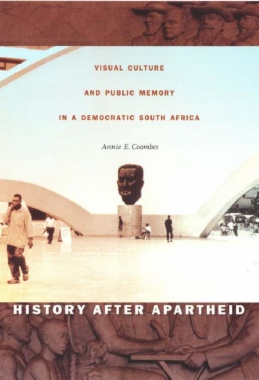Arthur C. Danto's essays not only critique bodies of work but reflect upon art's conceptual evolution as well, drawing for the reader a kind of "philosophical map" indicating how art and the criteria for judging it has changed over the twentieth century. In Unnatural Wonders the renowned critic finds himself at a point when contemporary art has become wholly pluralistic, even chaotic-with one medium as good as another-and when the moment for the "next thing" has already passed. So the theorist goes in search of contemporary art's most exhilarating achievements, work that bridges the gap between art and life, which, he argues, is now the definitive art of our time.
Danto considers the work of such young artists as John Currin and Renee Cox and older living masters including Gerhard Richter and Sol LeWitt. He discusses artists of the New York School, like Philip Guston and Joan Mitchell, and international talents, such as the South African William Kentridge. Danto conducts a frank analysis of Matthew Barney's The Cremaster Cycle, Damien Hirst's skeletons and anatomical models, and Barbara Kruger's tchotchke-ready slogans; finds the ghost of Henry James in the work of Barnett Newman; and muses on recent Whitney Biennials and art influenced by 9/11. He argues that aesthetic considerations no longer play a central role in the experience and critique of art. Instead art addresses us in our humanity, as men and women who seek meaning in the "unnatural wonders" of art, a meaning that philosophy and religion are unable to provide.
- Table of Contents
- Preface to the Columbia University Press Edition
- Preface
- Introduction: Art Criticism After the End of Art
- Whitney Biennial 2000
- "Making Choices" at MoMA
- Chardin
- Tilman Riemenschneider
- Damien Hirst
- Barbara Kruger
- Yoko Ono
- Sean Scully
- Paul McCarthy
- Sol LeWitt
- Renee Cox: Yo Mama's Last Supper
- William Kentridge
- Picasso Érotique
- Art and 9/11
- Philip Guston
- Philip Guston: The Nixon Drawings
- Alberto Giacometti
- Norman Rockwell
- Surrealism and Eroticism
- Artemisia Gentileschi
- Gerhard Richter
- Barnett Newman and the Heroic Sublime
- Joan Mitchell
- The Art of 9/11: One Year Later
- Reflections on Robert Mangold's Curled Figure and Column Paintings
- The Park Avenue Cubists
- Leonardo's Drawings
- Matthew Barney's Cremaster Cycle
- Christian Schad and the Sachlichkeit of Sex
- Kazimir Malevich
- Max Beckmann
- Whitney Biennial 2004
- John Currin
- Dieter Roth
- Banality and Celebration: The Art of Jeff Koons
- Two Installations by Joshua Neustein
- Kalliphobia in Contemporary Art; Or: What Ever Happened to Beauty?
- The World as Warehouse: Fluxus and Philosophy
- Painting and Politics
- The Fly in the Fly Bottle: The Explanation and Critical Judgment of Works of Art
- Index

